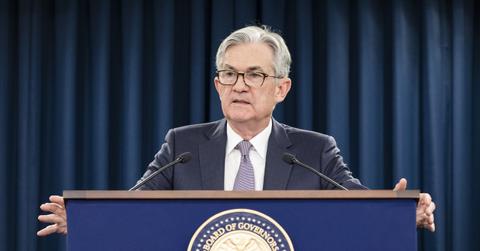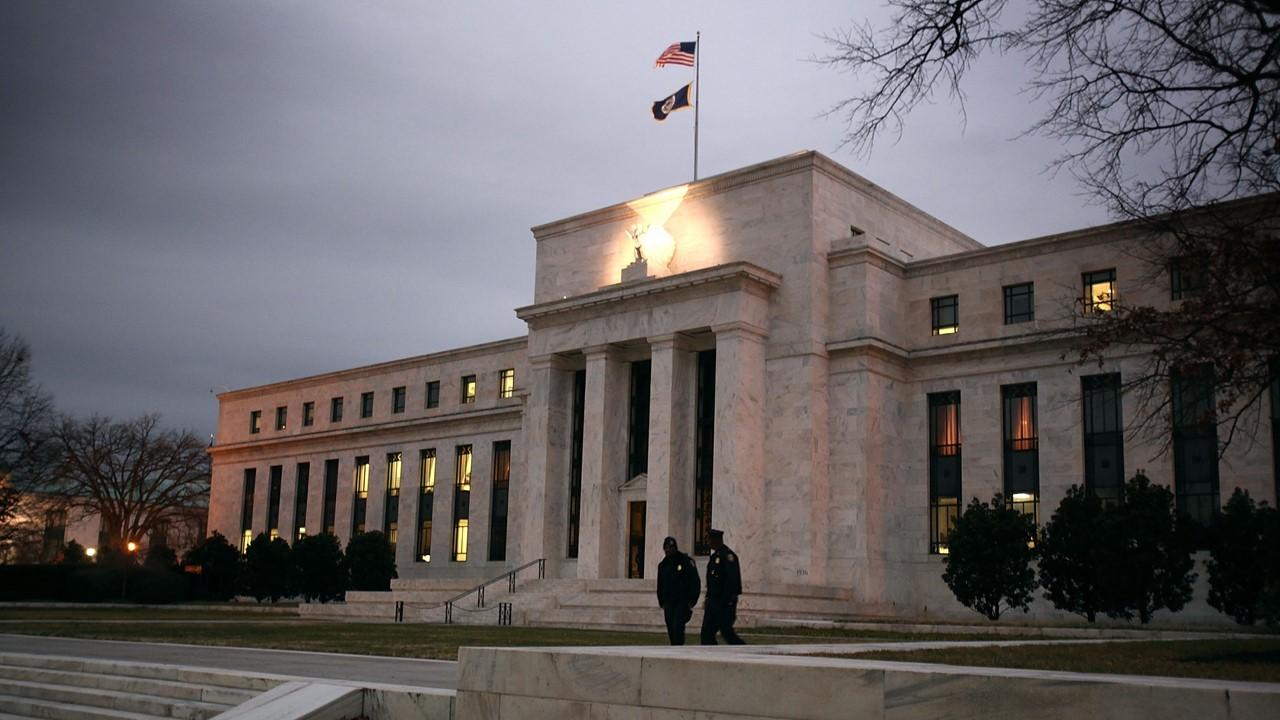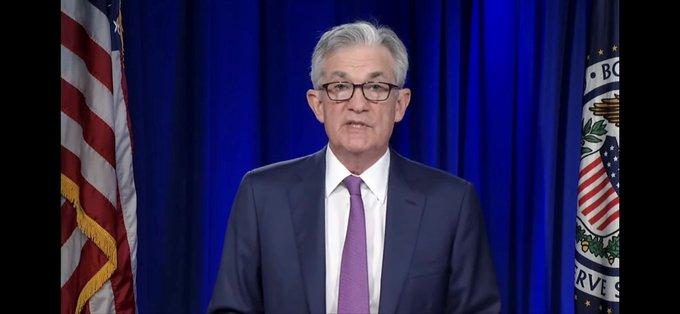Fed Meeting Results in Historical Interest Rate Increase
The Fed has a dual mandate of maximizing employment while maintaining stable prices. What happens when the Fed raises interest rates?
June 17 2022, Updated 4:05 a.m. ET

At its June 2021 policy meeting, the Fed indicated that interest rate hikes could come as soon as 2023, and on March 2, 2022, Fed chair Jerome Powell stated that he's in favor of raising interest rates. Now, Powell has made good on his vote after a two-day meeting by introducing a record interest rate increase. What happens when the Fed raises interest rates?
The Fed has a dual mandate of maximizing employment while maintaining stable prices. It has to maintain a balance and keep the economy from getting overheated or depressed. It tries to achieve these goals by adjusting open market operations, discount rates, and reserve requirements. The Fed’s ability to influence interest rates is seen as the most effective monetary policy tool.
The Fed's most recent meeting a delivers historical rate increase
After a two-day meeting, the Fed unanimously decided to authorize a 0.75 percent point increase. This increase puts the benchmark federal funds rate at between 1.5 and 1.75 percent, proving to be the biggest increase since 1994. "We are not trying to induce a recession now. Let's be clear about that. We're trying to achieve 2 percent inflation with a strong labor market," affirmed Powell.

However, he pointed out that trying to rein in inflation without impacting the labor market or creating a recession has become increasingly difficult. The Fed is trying to achieve a "soft landing," which is defined as a "cyclical slowdown in economic growth that avoids recession." A soft landing aims to prevent the economy from overheating and experiencing a painful downturn.
Whereas the Fed is hopeful that a soft landing can be achieved, Powell noted that there are some factors that are simply out of the Fed's control, such as Russia's war with Ukraine. He also acknowledged that lowered inflation won't come without a slight blow to employment, but he's confident that the impact won't be overly damaging. He said, "If you were to get inflation on its way down to 2 percent, and unemployment up to 4.1 percent, that's still a historically low level."
The impact of higher interest rates on the economy
The interest rate, or federal funds rate, is what commercial banks charge each other for overnight loans. A higher or lower rate has a ripple effect on all other borrowing costs, including those for companies and consumers. Therefore, it's one of the most important benchmarks for interest rates in the U.S.
When the economy runs too hot, the Fed usually raises interest rates to increase the cost of credit. As credit becomes dearer, businesses and consumers who can’t afford higher rates try to postpone or cancel the projects that involve financing. As the interest on credit cards and loans rises, consumers are left with less disposable income and do less discretionary spending.
How stocks and bonds respond to increasing interest rates
In addition to directly impacting loan rates, higher interest rates impact stock and bond markets. A higher interest rate environment implies higher borrowing costs for companies, meaning they either have to postpone their capital expenditure plans or do so at higher rates. Either of these propositions is negative, as no growth or slow growth and pressure on margins depress companies' stocks.
According to The Wall Street Journal, the stock market jumped significantly after the Fed's interest rate hike.
- The S&P increased by 1.5 percent (or 54.51 points).
- The Dow Jones Industrial Average increased by 1 percent (or 303.70 points).
- The NASDAQ Composite jumped by 2.5 percent (or 270.81 points).
Chief market strategist for national securities Art Hogan told The Wall Street Journal that "markets are pricing in a Fed that's trying to get in front of the curve rather than behind the curve on inflation."

Bank and financial institution stocks usually do better than others amid higher rising interest rates. They can achieve wider margins and more profits on loans and financial transactions. Real estate stocks and home construction stocks are usually hit the hardest.
Higher interest rates also impact bond markets. As interest rates rise, the prices of existing bonds decline because new bonds released will carry higher interest rates. By declining in price, bonds offer a higher yield, which makes them more appealing to investors.
Protecting your assets amid rising inflation
Amid rising interest rates, investors should reduce their long-term bond allocation in favor of short to medium-term bonds. Inflation hedges such as gold, oil, or commodities are also attractive in such environments. It might be prudent to shift some of your portfolio to value stocks from pure growth stocks as well.
